Initial Investigation Report Confirms No External Interference
The Iranian General Staff of the Armed Forces has released its initial report on the helicopter crash that tragically claimed the life of President Ebrahim Raisi and seven others. The helicopter, which was on a routine flight, followed its intended path before the accident occurred. The crash site, located in a mountainous region, showed no signs of external damage or bullet holes, indicating that the crash was not caused by any external interference.
According to the report, the pre-crash communications between the aircraft and ground control were normal, with no indication of trouble before the incident. The search teams, working diligently, located the crash site early on a Monday morning. The investigation found that the helicopter, unfortunately, caught fire upon impact, further complicating rescue efforts.
President Raisi’s Final Journey
President Raisi was laid to rest at the Imam Reza Shrine in Mashhad, a site of great significance for Shiite Muslims. It marked the first time a high-ranking Iranian politician was buried at this hallowed ground, a testament to Raisi’s stature and the respect he commanded amongst his followers. The shrine has been a pilgrimage site for centuries, drawing millions of Shia Muslims from around the world. Raisi's burial there not only signals his importance but also consolidates his legacy in a place revered by many.
The Political Landscape: Uncertainties and Succession
Following the tragic crash, Mohammad Mokhber, the first vice president, assumed the role of acting president. This sudden transition has left the Iranian political scene in disarray. The nation’s next presidential election is scheduled for June 28, but as of now, no prominent candidate has emerged to fill the void left by Raisi. The tragedy has not only cast a shadow over Iran’s immediate future but also raised questions about the political stability and direction of the country.
Raisi was a highly influential figure, known for his staunch conservative values and commitment to the Islamic Republic's principles. His sudden death has left a significant gap in the Iranian political landscape. As acting president, Mokhber faces the daunting task of navigating through this period of national mourning while ensuring the continuity of governance and addressing the concerns of a populace in shock.
Public Reaction and the Road Ahead
The crash and the ensuing loss of such a prominent leader have deeply affected the Iranian people. The public mourning is not only for Raisi’s death but also for the uncertain political future that now looms ahead. This incident has brought together citizens from all walks of life, unified in their grief and apprehensions.
With the presidential elections on the horizon, the various political factions are now engaged in an intense period of reflection and maneuvering. The absence of a clear successor has thrown open the field, making it a potential hotbed for political rivalry and debate. The coming months will be critical in shaping the future of Iran’s leadership and its policies, both domestically and internationally.
The absence of Raisi will echo through the streets of Tehran and the corridors of power. His policies and leadership style had their share of supporters and critics. Now, the task of continuing his legacy – or charting a new path – falls on the shoulders of those who step forward to lead the nation.
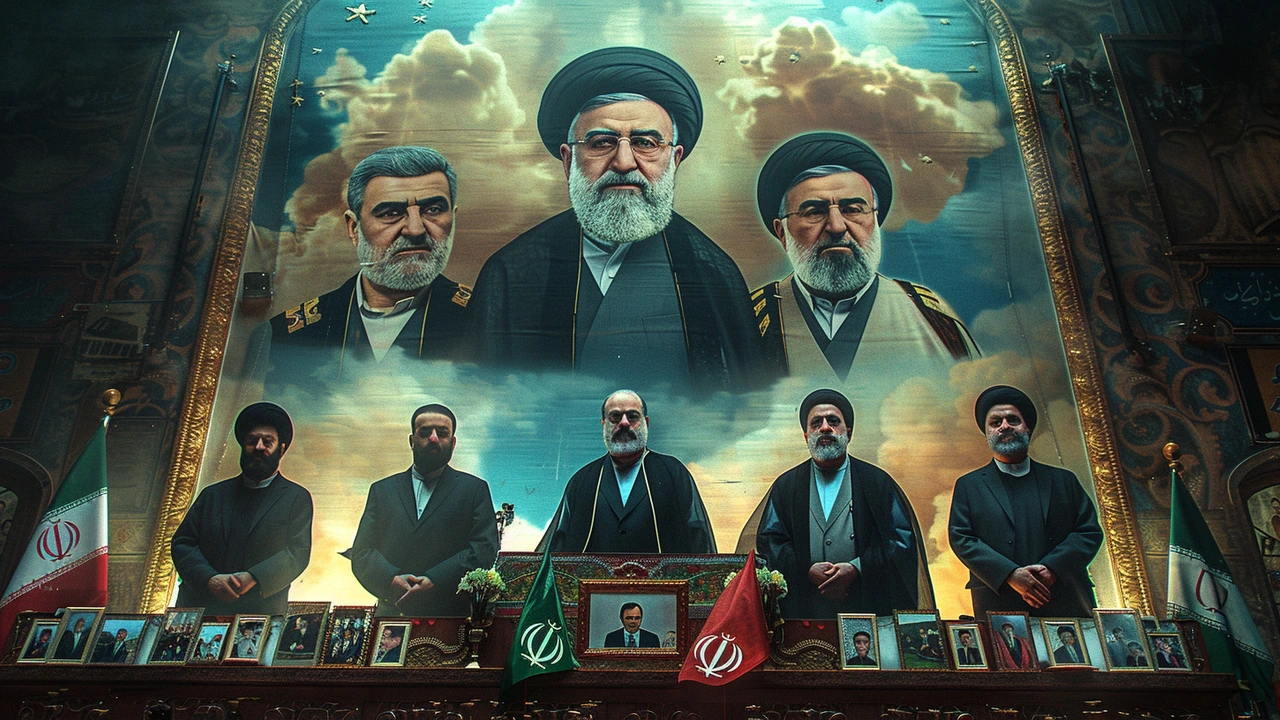
Conclusion
The helicopter crash that claimed the life of President Ebrahim Raisi is a pivotal moment in Iran’s contemporary history. With the initial investigation ruling out external interference, the focus now shifts to the future – both immediate and long-term. As the nation mourns, the political machinery must soldier on, navigating through the turbulence of transition and the void left by Raisi’s sudden departure. The coming months will undoubtedly be a testament to Iran’s resilience and the robustness of its political structures. The Iranian people, united in grief, now look to a future that holds both challenges and possibilities.
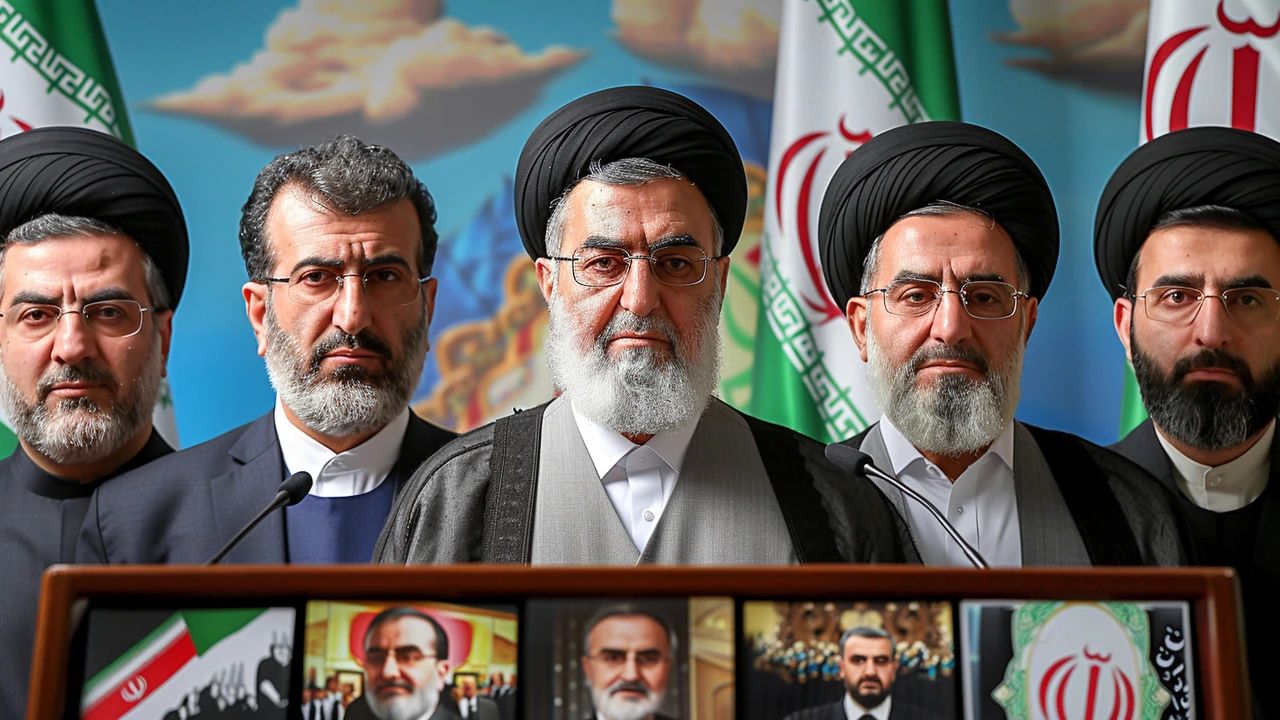


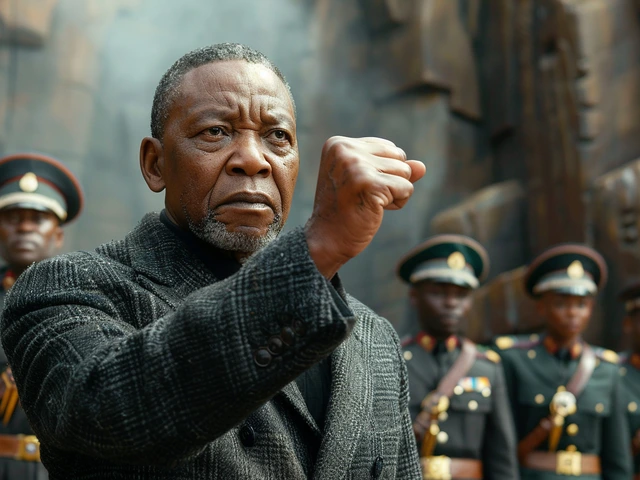
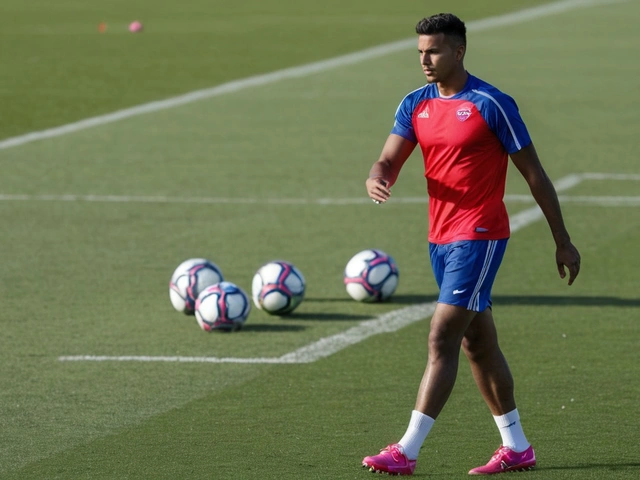

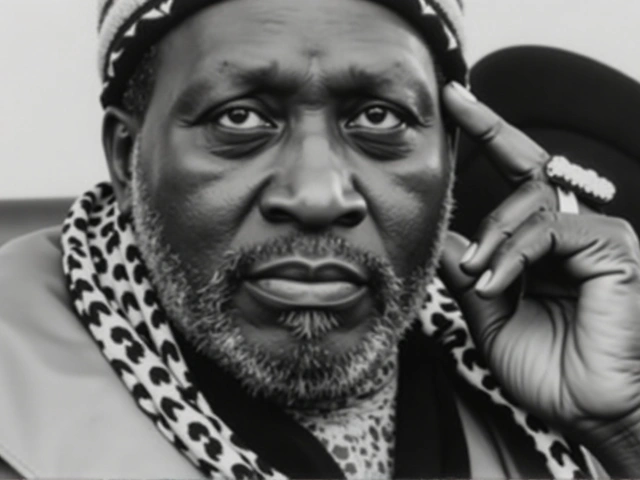
Write a comment